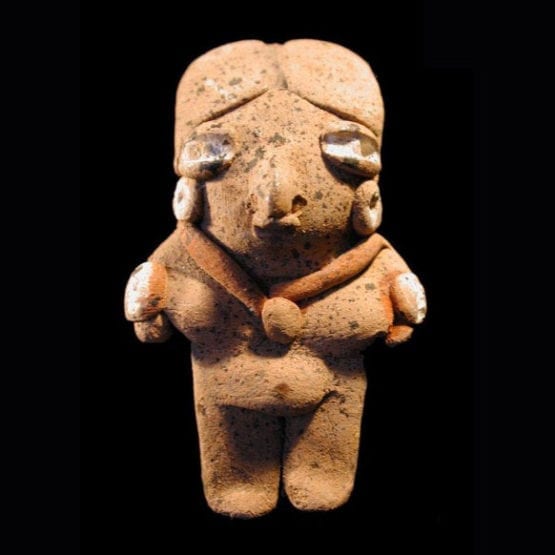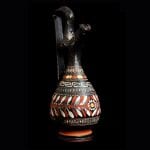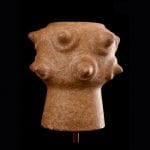Description
Chupicuaro Culture.
Pretty lady figurines were quite common throughout Mexico, particularly among the Chupicuaro, Michoacan, and Tlattlco societies. The exact purpose of these figures is still up for debate with the most common interpretation being that they are fertility idols buried in homes and fields. They have also been argued that the figures may have been protective items that were ritually broken as young women matured through different life phases.
One of the most endearing types of the clay objects is the small female figures, or “pretty ladies”. They typically show a naked female with short arms, extended stomach and a fancy coiffure or headdress.
Chupicuaro was the elaborate burial ground of a village above the Lerma River in the state of Guanajauato. The abundant offerings of pottery, jade, and figurines discovered there attest to a flourishing artistic culture.












